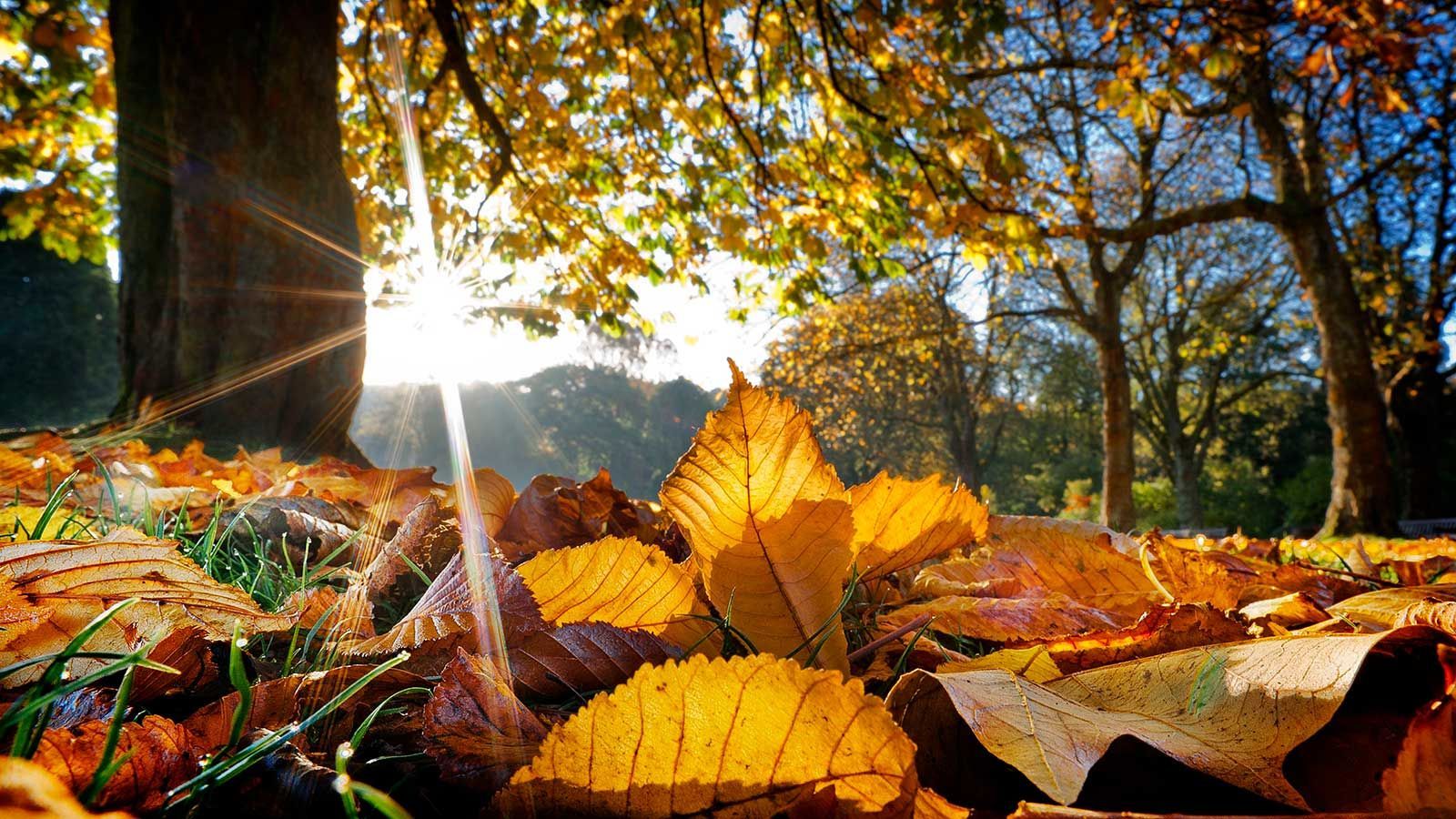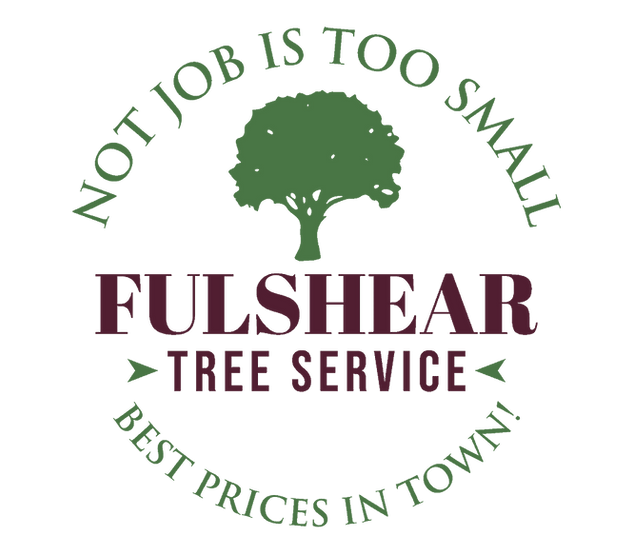Fall Tree Care Tips for Healthy Trees Through the Texas Winter

- Preparing Your Trees for Seasonal Change
- The Importance of Mulching in Fall Tree Care
- Pruning: Encouraging Healthy Growth Before Winter
- Smart Watering Techniques for Colder Months
- Fertilization and Soil Health Tips
- Monitoring Tree Health Through Seasonal Changes
- When to Call in a Professional Tree Service
- Final Thoughts: Setting Trees Up for Winter Success
- Implementing fall tree care strategies now prevents costly tree damage during Texas winters.
- Mulching, pruning, and consistent watering help protect roots and maintain canopy strength.
- Incorporating seasonal tree tips prepares your trees for dormancy and future growth.
- Hiring a professional service ensures proper winter tree protection for vulnerable trees.
Preparing Your Trees for Seasonal Change
In Texas, where fall often comes and goes quickly before winter hits with a sudden drop in temperatures, homeowners and landscapers must stay proactive with fall tree care. By preparing in advance, we can promote tree resilience, prevent disease, and ensure our trees remain vibrant and healthy all year long.
Trees, much like any living organism, respond to environmental changes. Transitioning from hot summers to cooler winters involves adjusting moisture levels, nutrient intake, and structural stability. That’s why following seasonal tree tips is crucial for maintaining healthy landscapes, especially in regions like Texas where winters can swing between mild and severe in a matter of days.
The Importance of Mulching in Fall Tree Care
Mulching is one of the most effective ways to insulate tree roots from temperature extremes. A fresh layer of mulch not only locks in soil moisture but also helps regulate soil temperature, giving your tree roots a buffer against early freezes and dry conditions.
Best mulching practices for fall:
- Apply a 2–4 inch layer of organic mulch (like wood chips or shredded bark).
- Extend the mulch in a donut shape, avoiding direct contact with the trunk to prevent rot.
- Refresh mulch in areas where it's thinned out due to summer heat or rainfall.
By including mulching in your fall tree care plan, you're setting up your landscape for healthier growth in the spring and effective winter tree protection.
Pruning: Encouraging Healthy Growth Before Winter
Fall is an excellent time to inspect and prune your trees. Removing weak, dead, or diseased branches reduces the risk of breakage during winter storms and encourages stronger growth once the warmer seasons return.
Seasonal tree tips for pruning:
- Use clean, sharp pruning tools to avoid damaging bark.
- Focus on deadwood and branches that rub together or cross awkwardly.
- Avoid heavy pruning; moderate cuts are better before dormancy.
Pruning also allows you to shape trees and manage their height and spread, reducing the chances of interference with power lines or structures when high winds strike.
Smart Watering Techniques for Colder Months
Even though cooler temperatures reduce water evaporation, trees still need hydration—especially before the ground freezes. A deep watering in late fall helps roots absorb moisture and store it during dormancy.
Fall tree care watering guidelines:
- Water deeply but infrequently to encourage deep root growth.
- Avoid watering during or just before a freeze to prevent ice forming around the base.
- Use drip irrigation or a soaker hose to deliver moisture directly to the roots.
Especially in Texas where drought-like conditions can persist into fall, it's essential to provide consistent hydration to maintain your tree’s overall health and readiness for winter.
Fertilization and Soil Health Tips
Fertilizing trees in the fall gives them the nutrients they need to store energy during dormancy and push new growth in spring. The key is to use slow-release fertilizers that won't overstimulate growth late in the season.
Recommended seasonal tree tips for fertilizing:
- Conduct a soil test to determine deficiencies.
- Apply a balanced, slow-release fertilizer in late fall.
- Avoid high-nitrogen fertilizers, which can promote soft growth vulnerable to frost.
Pairing fertilization with mulching and watering gives your trees a well-rounded support system, helping them handle unpredictable Texas winters.
Monitoring Tree Health Through Seasonal Changes
Keeping an eye on your trees’ condition throughout the fall ensures that you can catch problems early—before they escalate. Discoloration, peeling bark, or early leaf drop may indicate stress or disease.
Checklist for fall seasonal tree tips monitoring:
- Inspect the bark for signs of pest damage or cracking.
- Look at the canopy—bare patches may indicate disease or root issues.
- Check soil around the base for compaction or drainage problems.
Healthy trees going into winter are much more likely to thrive in spring. Regular observation and timely intervention are essential parts of effective fall tree care.
When to Call in a Professional Tree Service
While many fall tree care tasks can be DIY-friendly, certain situations demand expert attention—especially for mature trees, structural pruning, or disease management.
Contact Fulshear Tree Service if you notice:
- Large dead branches that could fall during storms.
- Leaning trees or visible root damage.
- Sudden changes in leaf color or unusual bark texture.
Our team at Fulshear Tree Service has the experience and equipment to provide safe, effective winter tree protection services. Whether it’s trimming, soil treatment, or emergency evaluations, we’re here to keep your trees in optimal condition year-round.
Final Thoughts: Setting Trees Up for Winter Success
Taking time to implement a strategic fall tree care routine ensures your trees don’t just survive but thrive through the unpredictable Texas winter. From mulching and pruning to watering and fertilizing, every action you take in the fall contributes to stronger root systems, healthier canopies, and a more beautiful landscape when spring arrives.
By following these seasonal tree tips, you’re investing in long-term tree health and safety. And when in doubt, always trust professionals to guide you through specialized care tailored to your property’s needs.
Let us help you with comprehensive winter tree protection services. Contact Fulshear Tree Service today to schedule an assessment or learn more about how we care for trees throughout every season.
Visit or email us at ocanaslawnservice@gmail.com. For immediate assistance, call us at (832) 720-3302. We’re proud to serve the Fulshear, TX community with reliable, expert tree care you can trust.
Don’t wait until the cold sets in. Protect your trees now with proven, professional solutions—because healthy trees start with thoughtful, seasonal care.
Frequently Asked Questions
1. Why is fall tree care important in Texas?
Fall tree care is essential in Texas because of the region’s unpredictable weather. Sudden cold snaps and lingering drought conditions can stress trees. Preparing your trees in fall helps strengthen root systems, improve resilience, and minimize the risk of damage during winter months.
2. What are the best seasonal tree tips for preparing trees before winter?
Some of the best seasonal tree tips include mulching around the base, pruning dead or weak branches, and adjusting your watering schedule. These steps help trees transition smoothly into dormancy and ensure they emerge healthy and strong in spring.
3. How can I protect my trees during harsh Texas winters?
To ensure proper winter tree protection, insulate roots with mulch, water deeply before the ground freezes, and consider wrapping young or sensitive trees. Monitoring for early signs of disease or pest issues is also crucial during this time.
4. Is pruning trees in the fall safe and effective?
Yes, pruning in the fall is both safe and beneficial when done correctly. It removes dead or hazardous limbs, encourages healthier spring growth, and supports overall fall tree care goals. Be sure to avoid excessive cutting and use clean, sharp tools.
5. When should I call a professional for help with fall tree care?
If you're dealing with large trees, structural issues, or signs of disease, it's best to call a tree care expert. A professional can apply advanced seasonal tree tips and techniques to provide proper winter tree protection and long-term health benefits for your landscape.

